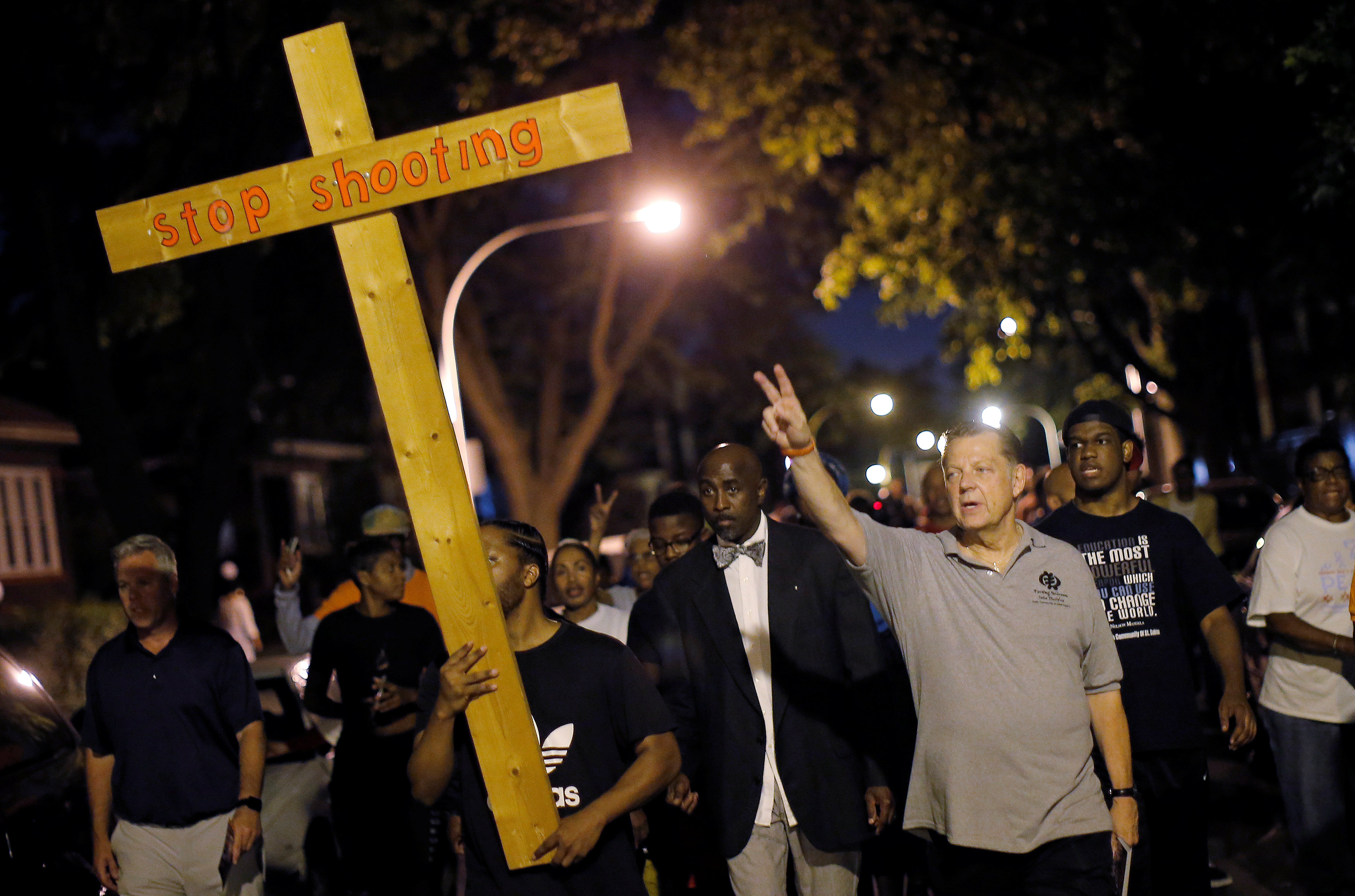
By Jonathan Allen
NEW YORK (Reuters) – Supporters of U.S. President Donald Trump are holding rallies in towns and cities across the country on Monday, partly as a rebuttal to waves of anti-Trump protests that have taken place since the Republican’s election last November.
Trump is not scheduled to appear at any of this week’s rallies, which are being held in cities small and large, from coast to coast. The venues range from a park in the small town of Gravette, Arkansas, to the plaza outside the Georgia State Capitol building in downtown Atlanta.
Some of the rally organizers came out of the Tea Party movement, a large informal network of anti-establishment conservatives that has become an increasingly powerful force in Republican politics since its beginnings in 2009.
A group called Main Street Patriots said it helped organize so-called Spirit of America rallies in at least 33 of the 50 states, both on Monday and Saturday.
“Unlike those protesting against President Trump’s vision, we are a diverse coalition that are the heart and soul of America that wants our nation to fulfill our potential, as the greatest nation on God’s green earth!” organizers wrote on the group’s website.
“Blue-collar voters helped propel President Trump to victory and these rallies will help provide those forgotten voices a mechanism so they can be heard,” they said.
Raucous rallies, often filling sports arenas, became a hallmark of Trump’s 17-month presidential campaign, in contrast with lower-key events staged by his main rival, Hillary Clinton, the Democratic Party’s candidate.
Last weekend, Trump rekindled that campaign energy for the first time since his election in a characteristically freewheeling rally in Melbourne, Florida.
But Trump’s crowds have rarely regrouped since November’s election, while large protests by people who opposed Trump’s policies, particularly his crackdown on immigration, have become a frequent occurrence in the country’s cities.
Among the biggest was the Women’s March on Washington on Jan. 21, where attendance far exceeded the crowds who attended Trump’s inauguration the previous day.
Betty Blanco, who is organizing the Spirit of America rally in Denver, was in Washington for the women’s march. She said she was saddened by what she saw.
“I had the opportunity to ride on the subway with the women marchers,” she said in a telephone interview. “They were excited, they were happy, but I never heard them talking about women’s rights, but I did hear them trashing Trump, and I got the idea they were just mad because they lost the election.”
The retired schoolteacher, who now writes children’s books and runs a local Tea Party affiliate, said the pro-Trump rallies would be more respectful, even if they might not prove quite as large.
“I don’t know that you’ll see those big, gigantic, hundreds of thousands of people like the Women’s March,” said Rob Maness, a 55-year-old former Air Force colonel in New Orleans helping organize the nationwide effort. “I think they’ll be smaller, patriotic, peaceful – those kind of things.”
(Reporting by Jonathan Allen; Editing by Jonathan Oatis)











